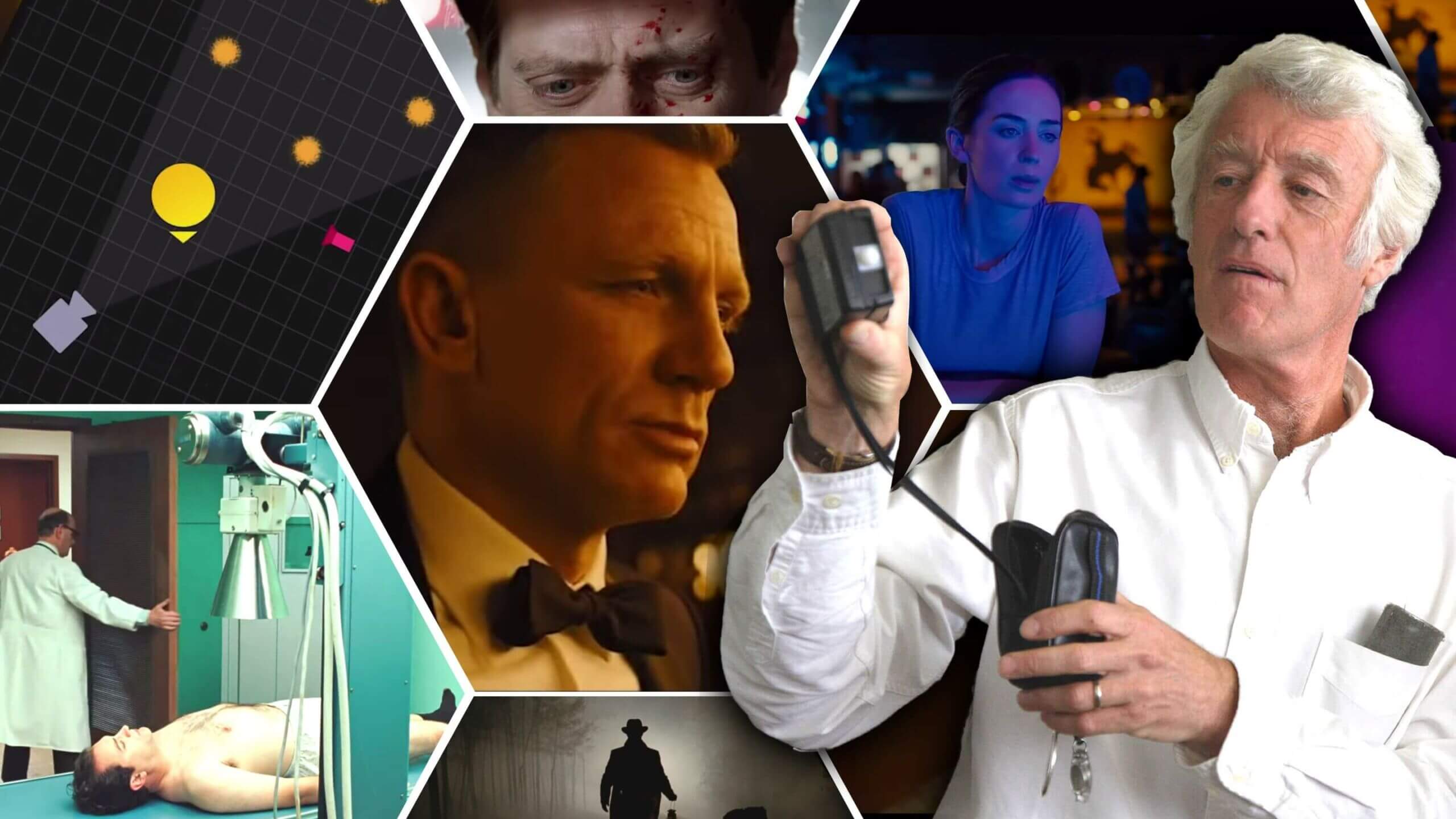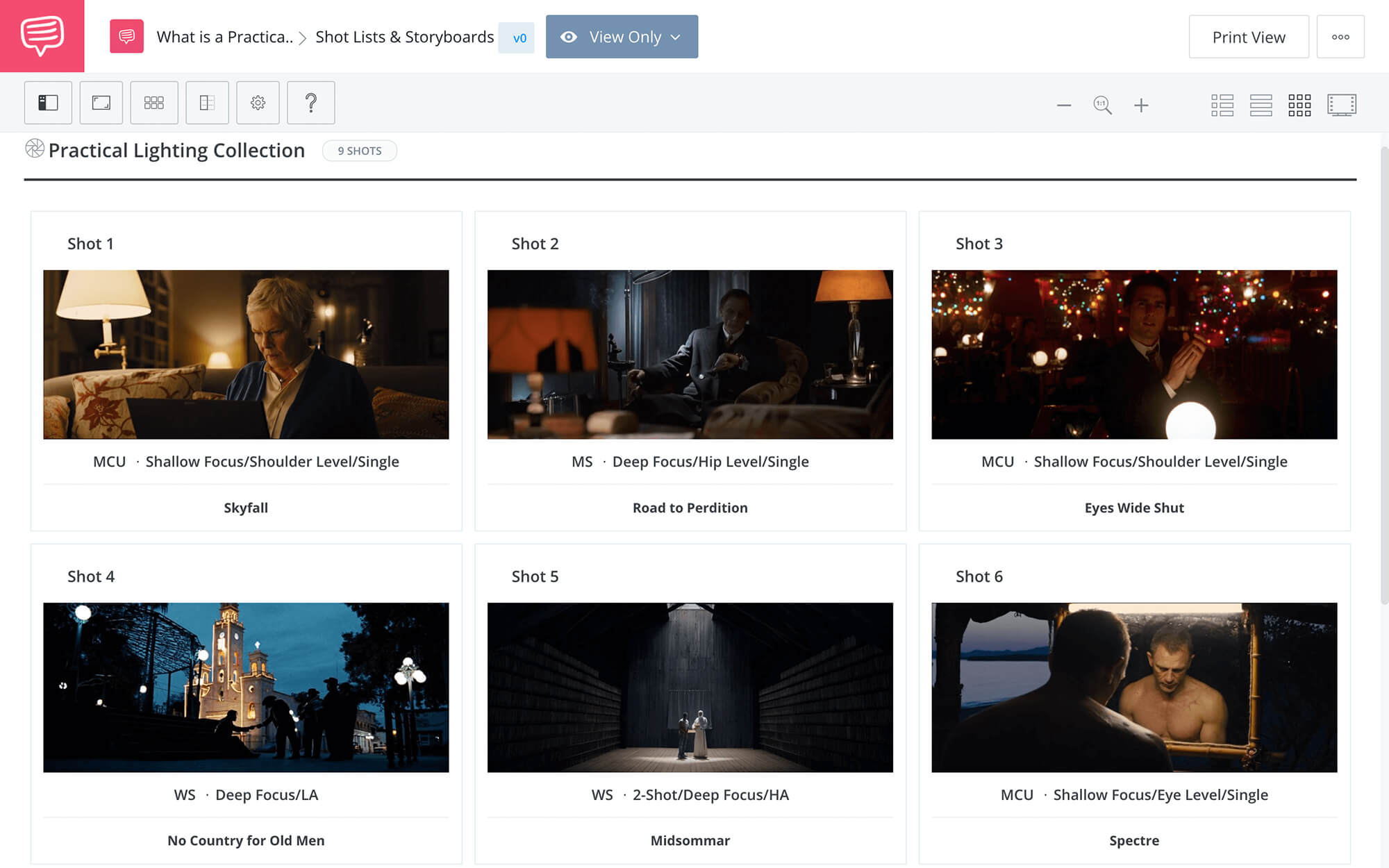There are various elements that contribute to a cinematic shot. Depth, naturalism, and dynamic lighting styles can all result in stunning cinematography. A simple and direct way to introduce all three into a shot is by using practical lighting. Practical lighting is so effective because it aims to utilize light not just to properly expose a shot, but to build the world of a film through the light we see in the frame. What is practical lighting in film? And how can it be used to elevate a story? Let’s dive in.
What is practical lighting in film?
First, let’s get practical
Practical lighting can be implemented into a scene in a variety of ways. Before we dive into some examples, let’s get a general understanding of what this lighting concept is by looking at its definition.
PRACTICAL LIGHTING DEFINITION
What is practical lighting in film?
Practical lighting is the technique of using light sources that are seen within the frame of a shot. These light sources are called “practical lights” or “practicals.” This approach to lighting can be achieved with a variety of light sources from lamps, candles, TVs, computers, flash lights, or even car headlights. Practical light sources are effective at establishing motivated light sources in a scene and creating a sense of realism for the audience.
What is practical lighting in film used for?
- Narrative function
- Motivating light sources
- Creating depth and separation
Having actual lights in the scene can be both a practical and creative decision. Light arrangements, colored lights, and bokeh bring an aesthetic quality to the imagery. At the same time, you get the benefit of having those sources provide actual illumination. It's a win-win!
Here are some example of lighting with practicals that we collected using StudioBinder's storyboard software. Click the image to open the collection.
Practical Lighting Examples • Shot Listed in StudioBinder
Motivated lighting
Motivate your light source
Practicals in lighting are an easy way to immediately create more cinematic images. The first reason being to create a clear motivation for your light sources. This is otherwise known as motivated lighting.
This helps sell the illusion that what we're watching isn't an artificial set with artificial lighting — this is a real situation in a real location. Here's another video with Deakins on how he works with motivated light.
Motivated Lighting Techniques • Subscribe on YouTube
One of the biggest flaws beginner cinematographers make is a lack of motivated lighting. When you incorporate practicals in lighting, the audience visually understands where light is coming from. This will immerse them more deeply into the world of the film.
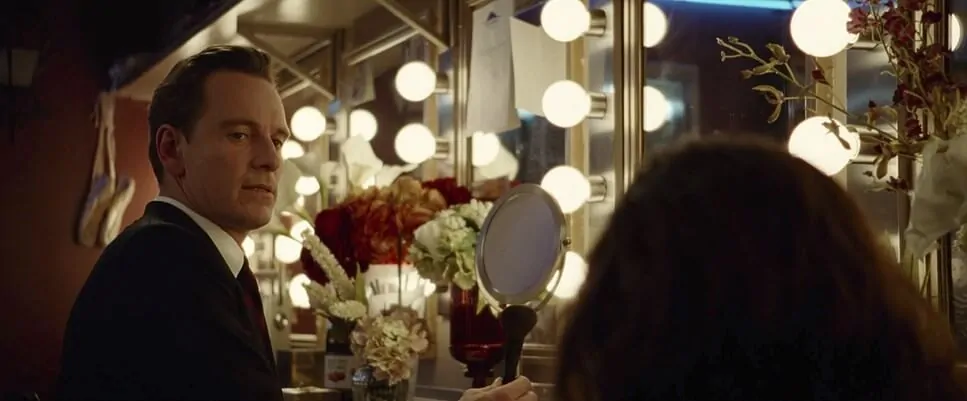
Steve Jobs • Practical lighting examples
Practicals in lighting are also a great way to incorporate different types of lights that are justified and motivated. This is one of Roger Deakins' lighting techniques he uses to make his shots stunningly dynamic.
In this video, Deakins explains how mixing lights can create a whole new world of lighting styles and palettes.
Roger Deakins Lighting Techniques • Subscribe on YouTube
Practicals are an effective technique that every beginner filmmaker should utilize as motivated lighting. They can also make a shot more cinematic, a quality every filmmaker strives for, but can easily fall short in achieving.
Related Posts
What is practical lighting in cinematography?
Create depth and separation
Another mistake that beginner filmmakers make is lacking depth and separation in their shots. Shots without depth appear flat and two dimensional.
Creating depth is essential for creating cinematic shots. Placing practical lights behind a subject can create separation between the subject and background. Cinematographers often used practicals as backlights in their 3 point lighting setups to create separation.
Practicals in lighting also to give the audience a better sense of space and depth in a shot. This is a frequent technique used in Stanley Kubrick's best movies.
In this video by Entertain the Elk, you’ll learn how lighting a scene like Kubrick can create both visual and emotional depth in a shot.
What is Practical Lighting in Kubrick’s best films?
If you face problems creating cinematic shots, the immediate answer isn’t to buy fancier, more expensive lights. Rather, focus on simple techniques you can implement immediately such as the use of practicals.
This video by Aputure lays out four techniques to utilize practical lights in your scene: visual interest, in-frame, motivated, and shaped light.
These techniques will help you incorporate practical lighting effects into a single scene in different ways.
Cinematic Lighting 101 • Practical Lighting Cinematography
Practical lights don’t just create stunning images. They can also be an integral part of a film’s narrative or the sequence of a scene.
What is practical lighting in storytelling?
Narrative function
Practical lights can also be incorporated into a shot through practical props lighting. Lights are often used as narrative tools to reveal information to an audience. In the science fiction world of Stranger Things, practical lights are used quite literally to communicate to the audience and characters.
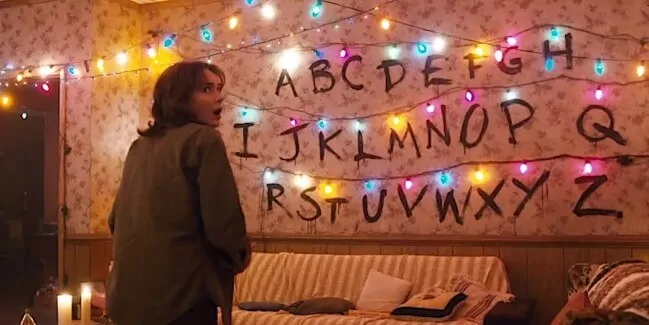
Stranger Things • Practical Lighting Examples
This creative use of practicals definitely makes you think differently about how they can be used narratively. More commonly, practical lights are often seen in horror or thriller films as props like flashlights to reveal things to the audience.
Take a look at this scene from one of Denis Villenuve’s best films Prisoners. Villeneuve and iconic cinematographer, Roger Deakins, use flash lights as practical props lighting to reveal information to the audience while creating a dynamically lit scene.
Prisoners (2013) • Practical Lighting Examples
Narratively, mood and tone are incredibly important for a scene. There is no doubt that lighting in general can set the mood. However, practicals in lighting can be more effective at setting a mood because they are seen within the shot and become a part of a set.
Things like neon lights, oil lamps, or candles can create a very specific mood that would otherwise be less apparent without the practicals.
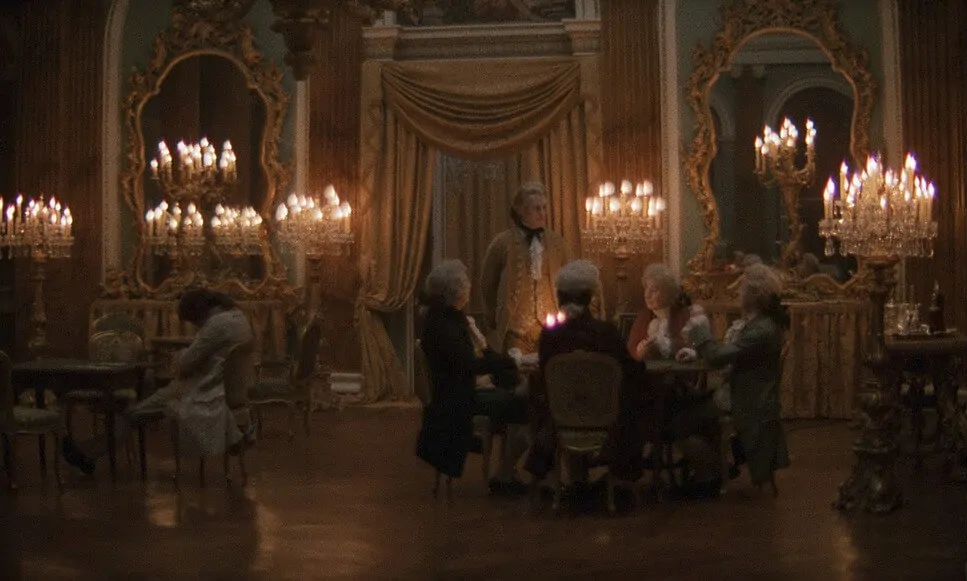
Barry Lyndon • Practical Lighting Examples
As you can see, practicals can achieve various effects simultaneously. A simple light can add depth in a scene, set the mood, and immerse a viewer into the film’s world all at the same time.
Practical lighting is a technique that can be used immediately without breaking the bank. Simply going to local thrift stores to find unique lamps and practicals is a cheap and easy way to incorporate practical lighting cinematography into your project and create cinematic shots.
Related Posts
UP NEXT
3-Point Lighting Setup Guide
One of the most fundamental techniques to achieve cinematic lighting is the 3-point lighting setup guide. A practical light can be used for any of the 3-points of light for the effects that we discussed above. Learn more about the components of the 3-point lighting setup in our next article.
Up Next: 3-Point Lighting →
Showcase your vision with elegant shot lists and storyboards.
Create robust and customizable shot lists. Upload images to make storyboards and slideshows.
